The Best of Panama is the most prestigious and competitive producer run coffee competition in the world. The competition is fierce with new faces commonly ousting past award winning coffee producers. It is a competition where super precision and experimental nano lots are the norm. Coffees pass from national rounds to international rounds by fractions of points and winners are made by the same fractions. The 2017 Best of Panama was no exception finishing with big surprises in all categories.
The Structure
Every year the Best of Panama’s structure is changed slightly in order to make the competition better and to adjust to the needs of the producers. The event planning starts in October before each harvest in order to coordinate the event with the harvest and resting period. In this way the high elevation coffees, which often are awarded with the highest points, have enough time to rest or if there is an early/late harvest the competition date can be set accordingly. The competition this year was broken up into 6 categories: Traditional Washed/Honey, Traditional Natural, Geisha Washed, Geisha Natural, Pacamara Washed, and Pacamara Natural. Every producer was allowed to submit one coffee into each category, a maximum of 6 coffees.
This year the producers had to submit their paperwork by the end of April. They could submit between 150lbs to 400lbs, which is the standard every year. From there the association takes into account the amount of lots and puts together a submission schedule, which the producers have to follow. During the submission the event officials weigh the coffees, take the humidity and then vacuum packages the coffees into 50lb (22.2kg) lots. In the end there were 163 lots that were submitted by 47 different producers, which were cupped in the competition. The breakdown by category was: 40 Geisha Washed, 38 Geisha Natural, 40 Traditional Washed, 31 Traditional Natural, 4 Pacamara Natural and 10 Pacamara Washed.
Once all the coffees pre submitted the association begins to work on the cupping schedule in order to plan out the roasting schedule. This is important, because all natural coffees are roasted two days before they are cupped and washed coffees are roasted one day before they are cupped. Each roasted coffee is checked to be sure that it is within the agtron reading between 63.0 and 68.9, if not it must be re-roasted. This makes the coordination of the whole event extremely important in order to make sure coffees are fairly represented.
The national round is held the week before the international round and is judged by a panel of national judges. The national round uses SCA Standards for cupping, with one change that the Best of Panama uses six cups instead of five per coffee, which even more thoroughly checks the consistency and uniformity of each lot. All judges are required to meet the Specialty Coffee Association of Panama’s (SCAP) standards in order to judge each coffee. This means to have participated in a Best of Panama national round as a pre-judge, to be calibrated with the national cuppers of that year, to evaluate every coffee the entire week and to also be a member of SCAP. Each year the association evaluates the amount of coffees that will pass from the national round into the international round in order to limit the coffees to only the best in each category. This allows the international judges to evaluate each coffee appropriately and accurately so that they do not have to judge coffees that are not potential winners. For the 2017 Best of Panama Nationals the top 10 Traditional Washed, 10 Traditional Natural, 24 Geisha Washed, 24 Geisha Natural and 8 Pacamaras were going to move on.
The international round is held the week following the national round. All the international judges are invited from all around the world, great cuppers who are traders, roasters and respected industry leaders. The international event begins with a welcome dinner and then the cupping follows for 4 days with the geisha finals on the fourth day. Each day following the cupping there is a dinner and sometimes small seminars. On the final day there is a large award dinner in the evening, where all members of the Specialty Coffee Association of Panama are invited in order to enjoy a dinner and be present for the awards ceremony. Winning a top finish is a great honor and ensures that the coffee will be present in the Best of Panama auction (which commonly breaks world record prices for coffee) that follows the event one month afterward. However the greatest award is the Best of Panama cup, which is given to the producer that accumulates the most points for the most valuable top finishes.
The 2017 National Round
The National Round started on Monday May 15th with 11 National judges and a varying amount of pre-judges and visitors at Valle Escondido in Boquete. This year the head judge was designated to Jose David Garrido, well known from Mama Cata Estate, who was to lead each cupping session and the deliberation. The rest of the national judges were made up from well-experienced producers and some new and upcoming producers. The National round was scheduled over five days with three to four tables each round. The national schedule can be seen below:
Monday May 15th – 31 Traditional Naturals
Tuesday May 16th – 20 Geisha Natural, 10 Traditional Washed, 4 Pacamara Natural
Wednesday May 17th – 18 Geisha Natural, 10 Traditional Washed, 10 Pacamara Washed
Thursday May 18th – 20 Geisha Washed, 10 Traditional Washed
Friday May 19th – 20 Geisha Washed, 10 Traditional Washed
Each category started with a calibration where both the sample with the highest agtron number and the lowest agtron number from that category were cupped. The judges then would deliberate about how the coffees were scored in order to make sure all the judges were calibrated before cupping.
Each cupping round normally had 8 to 10 coffees. Each table had one National Judge usually accompanied by one or two pre-judges. Judges would follow the SCA cupping form starting with fragrance. Once finished with the fragrance the national judge at each table would call for water and the water team would bring over hot water to fill up all the cups at the same time. Then judges would break the cap, another team would clean the table and then the judges would begin evaluating each coffee for their flavor, aftertaste, acidity, body, balance, uniformity, sweetness, cleanliness, and give an overall score. All of this was done in silence, with only the sound of coffee slurps, clinging of spoons and the occasional short “mmm” throughout the room. Each table would take about one hour from start to finish. At the end of each round all the judges had to give the officials of the competition the original of their scores before leaving the cupping room, leaving only the carbon copy for the deliberation and their own personal records. The judges would then head over to the deliberation room, which was held at the small chapel on the grounds.
In the chapel judges were always greeted by an array of fruits and small snacks in order to clear their pallets and to replenish their energy. Evaluating coffee can be very tiring particularly after several rounds or days. Once all the judges would arrive from the cupping room Jose David would walk up to the white boards situated on the easels in front of the room. Each coffee is listed with their code number, humidity, density and agtron number.
Jose David always began with the first coffee on the board and called upon the national judges to raise their hands in the score range that they placed the coffee. Then he would open the discussion to attributes of the coffee, if there were any problems, to discuss the scoring and to see if everyone was calibrated. This was always a fun and interesting portion of each table because cuppers would find with whom they calibrate the most, discuss coffee notes and also form new friendships.
This was the format that followed for the five days of the national rounds. Usually two tables in the sunny morning followed by lunch and one final table in the rainy afternoon. By the end of the week, everyone was thoroughly tired but happy that they were able to complete the week and try so many amazing coffees. In the end the top 10 Traditional Washed, 10 Traditional Natural, 24 Geisha Washed, 24 Geisha Natural and 8 Pacamara Washed/Natural were selected to move on to the international round.
The 2017 International Round
The international round took place between May 24th to May 27th with the final award dinner being on the evening of May 27th. The event started with a welcome dinner where all the participants could enjoy a dinner and meet the international guests as well as the local producers. There was a photo booth, local brews on tap, different appetizers making it around the room and different drinks available. Wilford Lamastus opened up the dinner with a warm welcome and then Ric Rhinehart made a short, but sweet welcome to the Best of Panama. Everyone applauded and then lined up for the catered meal, a mix of typical Panamanian cuisine and international dishes. Most of the judges were able to make it to the opening dinner, which was a nice meet and greet for all the parties involved, growers, judges and guests.
The following day everyone got up early for the start of the international round. There were a total of 17 judges, representing six different countries. They all came from different trades within the specialty industry: traders, roasters and respected industry leaders. In addition there were many guests that came along with the judges or on their own to participate in the cuppings. It turned out to be a large group with almost all the major coffee consuming countries being represented; Truly an international event. Leading as head judge and leader of the cupping sessions was Ric Rhinehart the current president from the Specialty Coffee Association. As all were guests coming to be the international judges, there was a small presentation that went over the format of the cupping and each judge was given his/her cupping vest along with a Best of Panama 2017 cupping spoon. All the international judges were to cup in the main venue while all the guests had their own designated tents where they could also cup each round. The schedule for the international round was:
Wednesday May 24th – Geisha Natural 24 coffees (3 tables of 8 coffees)
Thursday May 25th – Geisha Washed 24 coffees (3 tables of 8 coffees)
Friday May 26th – Traditional Natural 10 coffees, Traditional Washed 10 coffees, Pacamara Natural & Washed 8 coffees
Saturday May 27th – Finals Geisha Washed 8 coffees, Finals Geisha Natural 8 coffees
Similar to the national round, each category began with a calibration. Following the calibration judges would then proceed into each of the tables with to cup accurately and in the most professional manner. Outside of the main cupping venue, the tent was crowded with all the different visitors tasting the coffees. It was a bit more relaxed in the tents where people could talk and mingle with producers and other coffee professionals. It is not everyday that coffee professional get to taste the best coffees from one of the most exalted origins in the world. Likely these were the best tables of coffee that most people have ever cupped in their entire careers.
Again upon finishing a table, the international judges had to turn in the original scores to the event officials, leaving them with the carbon copy. These documents would be used to calculate the final scores for coffees, either to move on to the finals or as final results. Once most of the judges finished, guests and producers would make their way to the chapel for the fruit, snacks and discussion. The chapel was always packed and latecomers would have to look in from the back to see how the international judges were scoring the coffees. For producers this is an interesting portion of the event, because they can see how calibrated they are with the international judges and an opportunity to learn about the market. Every country has a particular preference toward a particular style of coffee and it can be seen over time through their scoring. Again everything was noted on the white board with the number of each coffee and the data regarding it. It is important to note that the officials of the Best of Panama use a double code system so that the coffee numbers do not match the National Round, thus no one knows which coffee is which; A key element to maintain the integrity of the competition.
After everyday of cupping, there would be a break of about two to three hours before an event dinner. The event dinners were meant to be a time where members of SCAP and the visitors could continue to get to know each other better, while also thanking international judges with a complementary dinner. This year there was also a few seminars, one particularly interesting given by Uschi Zimmerman from Panama Varietals in Austria on cascara and its role in the future of the specialty coffee industry. Everyday of the international event was very engaging and there were always discussions regarding the coffees, processes and roast profiles.
The final day came very quickly, but was very exciting since the international judges would declare the winners for both of the geisha categories. For the producers this is a high stakes day, they hope that their coffee is on the table. In the tent there are many making guesses at the coffees owners based on its cup profile. It’s always a big day and it proved to be worth the excitement. The coffees were cupping really amazing, with a complexity that is only known to the Best of Panama. Judges were giving scores as high as 97 points! In the end all of the final geisha coffees were 90 plus for both the washed geisha and natural geisha categories. Truly this was a worthy finale to the international cupping, with happy producers, judges and guests. All were looking forward to the final award dinner later that evening to find out to whom these coffees belonged.
The Award Dinner
The award dinner is by far the largest attended dinner at the Best of Panama. All of the SCAP members are invited and many of them bring their families and friends. This year it was held at Valle Escondido in their main event room. There was a buffet with many different foods and an open bar for different cocktails, local craft beers and wines. The room was full of life, people greeting each other, the exchange of stories, and the simple enjoyment of good company. On the main stage there was a large projection of all the different photos on slideshow from the two weeks of the event.
About forty minutes into the dinner the announcer introduced herself and began the award ceremony with a small introduction to the Best of Panama. It began with a thanks to the many sponsors of the event and then Wilford Lamastus was called up to give a small introduction to the final dinner. Next he called up Ric Rhinehart and they both called up all the international judges to the stage. Each and every judge was given a certificate and a thank you from the association. Truly without the participation from the international judges the Best of Panama would not be possible. Many hugs and pictures were given before everyone seated themselves for the awards. Then the highly anticipated awards began.
The first category was the Pacamara Natural & Washed:
1st – Royal Pacamara Natural – Finca Don Julian – 90.368 cumulative points
2nd – Pacamara Don Maximo Natural – Cafelandia – 89.618 cumulative points
3rd – Doña Elvira – Gonzalo Palenzutza – 88.956 cumulative points
Since this was the first year that the Pacamara had its own category this introduced some new faces into the winners circle, which is always good. However, the queen of Pacamara, Finca Don Julian easily took first place and has always been a strong contender in previous years, even when it was in the exotic category mixed in with many high scoring geishas.
The second category was Traditional Natural:
1st – Elias Sweet Natural – Graciano Cruz -88.765 cumulative points
2nd – Las Brujas – Ricardo Koyner – 88.517 cumulative points
3rd – Duncan – Ricardo Koyner – 88.471 cumulative points
In this event the true veterans of the natural category proved they were still kings in their own territory. Graciano Cruz took first place proving to the world his “sweet” naturals were still top and Ricardo showed his consistency, as he has won or placed in this category for many consecutive years.
The third category was Traditional Washed:
1st – Moi Honey – Finca Lerida – 89.735 cumulative points
2nd – El Principe del Café – Finca Lerida – 89.559 cumulative points
3rd – Esmeralda Bourbon Pointu – Hacienda La Esmeralda – 89.118 cumulative points
In previous years this category had been dominated by new producers, however, some old time winners came back to take the gold. Finca Lerida is one of the longest standing specialty farms in Panama and used to take many awards in the late 90s worldwide. For sometime they fell from the top into less desirable places in the Best of Panama. So for them this was a comeback year that was long in the making. And the celebrated Hacienda La Esmeralda took third place in this category, which to some would not be a surprise, however, in the past Hacienda La Esmeralda had rarely scored strong in this category and it goes to show the hard work they put into this lot.
The fourth category was Geisha Natural:
1st – Esmeralda Geisha Cañas Verdes– Hacienda La Esmeralda – 94.115 cumulative points
2nd – Alteri Geisha Natural – Eugene Alteri – 93.206 cumulative points
3rd – Santamaria Geisha Natural – Edwin Santamaria – 93.031 cumulative points
This was a big event where the competition was very high and every year the winners are changing. None of this year’s winners took top three in last years competition so the producers were very excited to see that they took top places. The Santamaria producers were newcomers to the event and it was exciting for them to have placed in their first competition. Of course the Peterson family, owners of Hacienda La Esmeralda, were thrilled to see they had taken first place in this event, given that they had invested so much into the geisha variety and were the credited founders in Panama. All the judges were very excited to see who had the amazing geisha natural and naturally wanted to take pictures of the whole Peterson family as they took the stage.
The fifth and final category was Geisha Washed:
1st – Sophia – Finca Sophia – 93.059 cumulative points
2nd – Carmen Geisha – Carlos Aguilera – 92.794 cumulative points
3rd – Santamaria Geisha Washed – Edwin Santamaria – 91.891 cumulative points
This again was a hugely anticipated category and everyone was on the edge of his or her seats to find out who took the top places. Again Santamaria took third in the geisha category followed by Carlos Aguilera’s Carmen Geisha. However, the big surprise was that Finca Sophia took first place. In years previous other major geisha growers had taken this coveted place and for the first time Finca Sophia led the category. The well-known Wilhem Boot took the stage with other members of the Finca Sophia team to celebrate the win.
Then came the final award of the night: The Best of Panama Cup, which is the most valuable award to be given out during the whole competition. It is given to the producer that takes the most cumulative points for taking high value finishes, with more points given to top geisha category finishers. As Wilford prepared to reveal the winner, the room was quiet with the highest anticipation that anyone had seen the whole night. People were all staring at the Peterson family, who were all sitting on the edge of their chairs leaning slightly forward listening intently. When Wilford pronounced Hacienda La Esmeralda and the Peterson family as the 2017 Best of Panama Cup winners, the room erupted in applause and cheers. The whole Peterson family ran up to the stage, with Rachel Peterson leading the way to accept the award. Flashes and cell-phone cams were everywhere. Everyone was smiling and warmly congratulating the Peterson Family. Given it was the 50th anniversary of Hacienda La Esmeralda, it was the movie perfect finish to the Best of Panama. It was well deserved and exciting to see the highly reputable Peterson family lead competition once again with such outstanding coffees.
Text by Keith Pech, Certified Arabica Q-Grader
Pictures by Manuel Alexander Barsallo, Owner Paddle Coffee Roasters




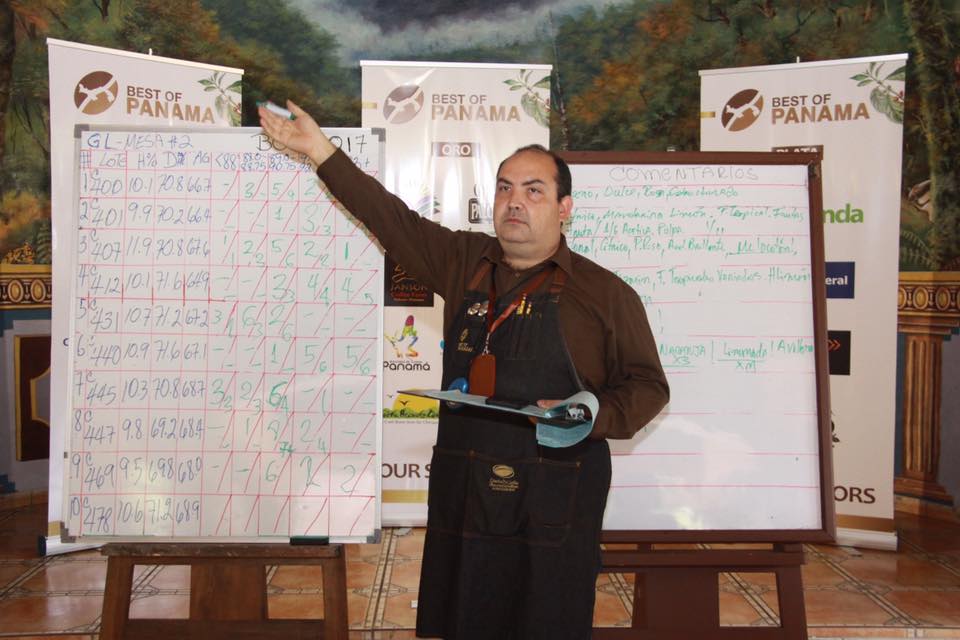
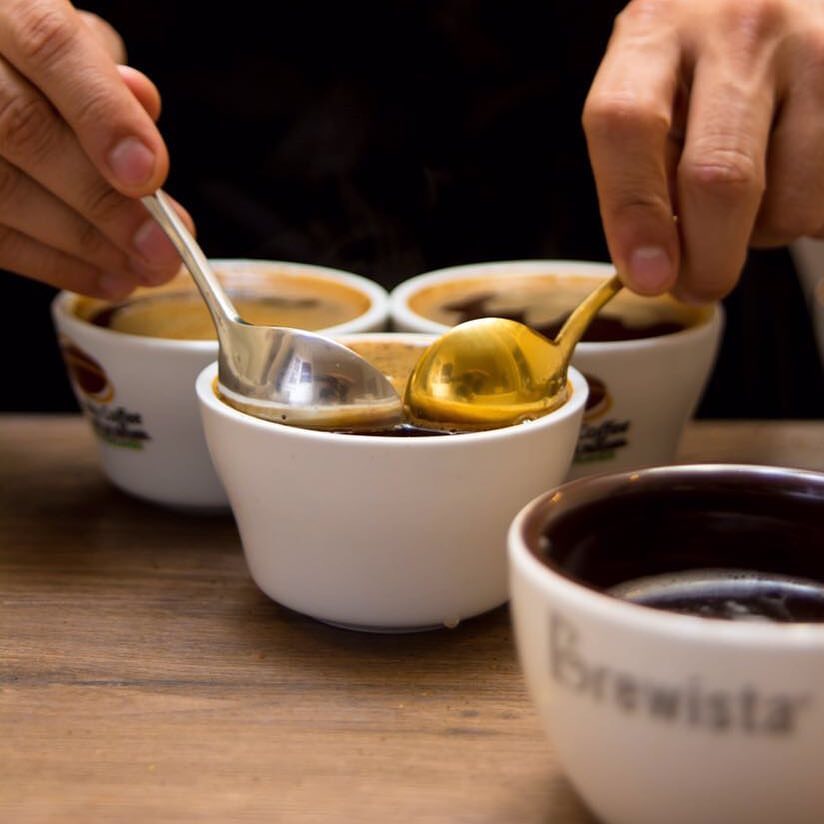
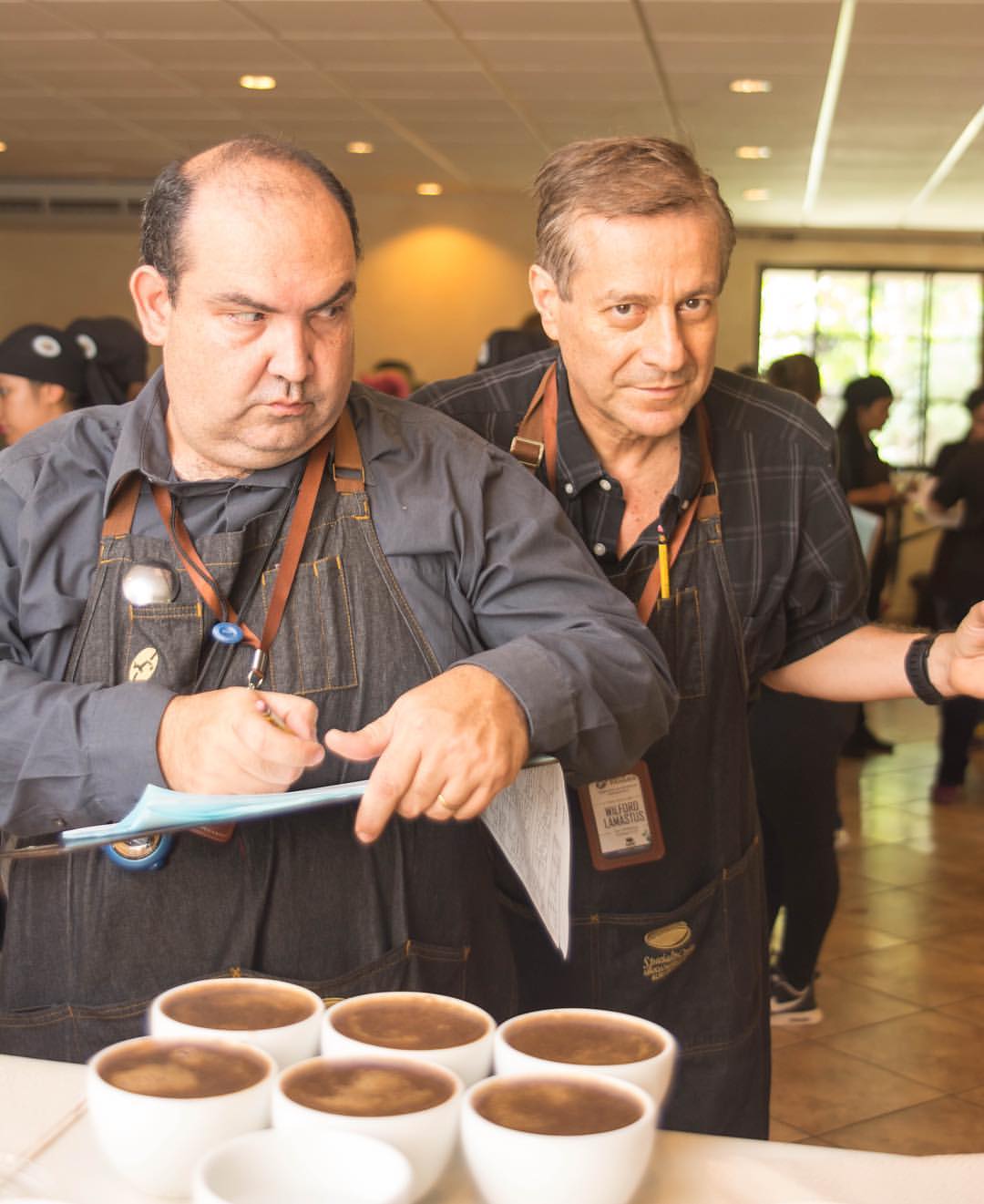
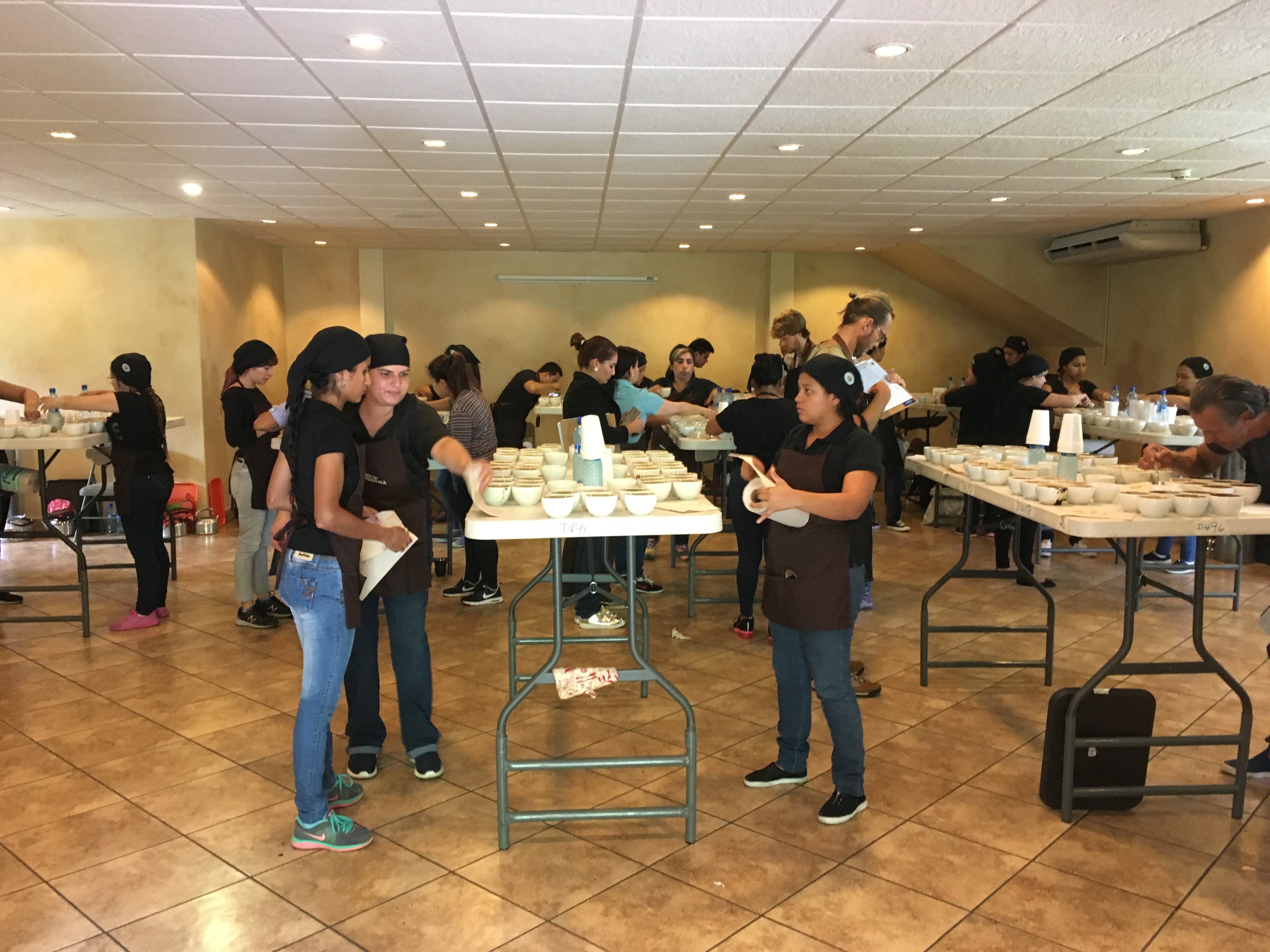
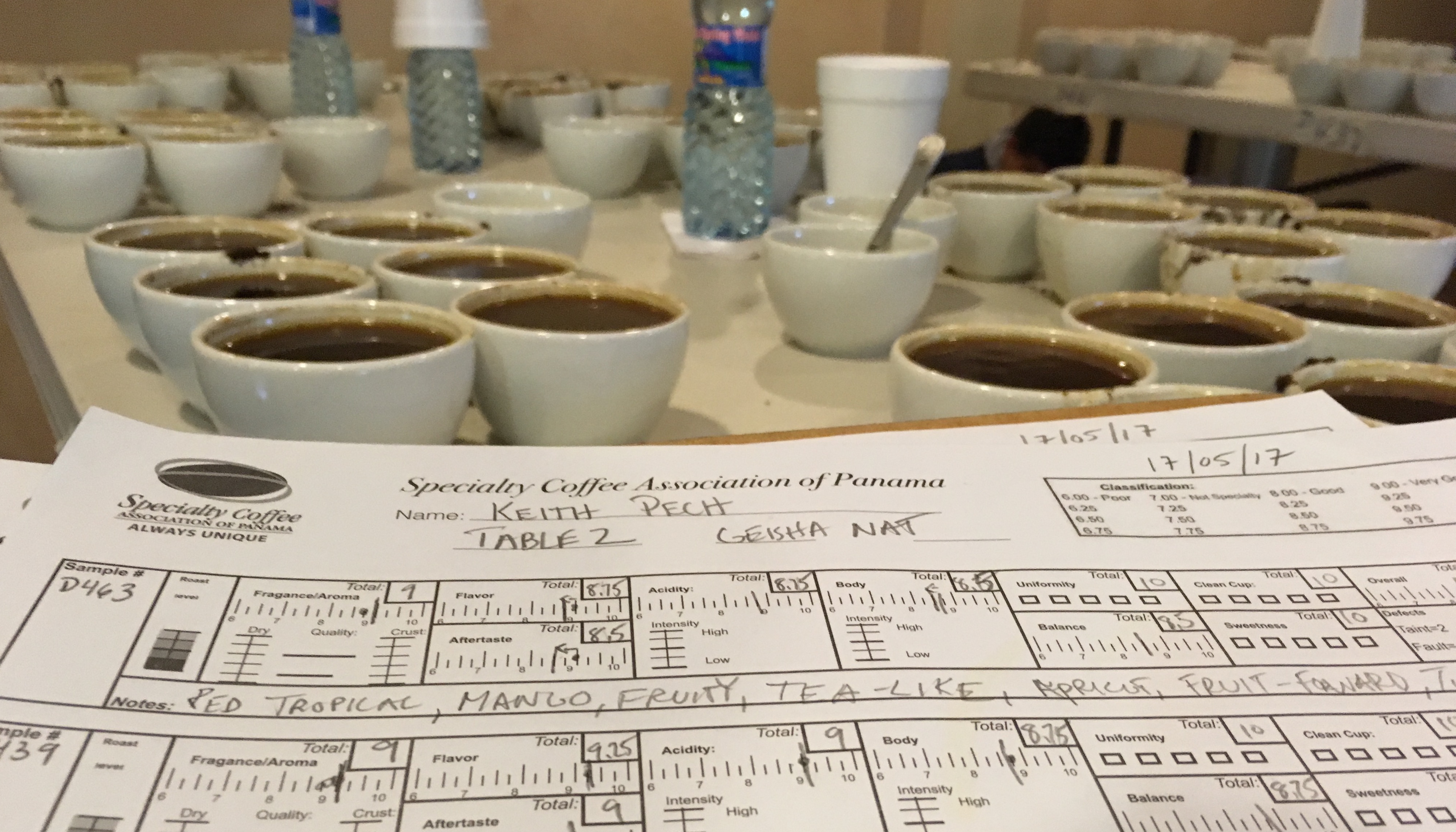
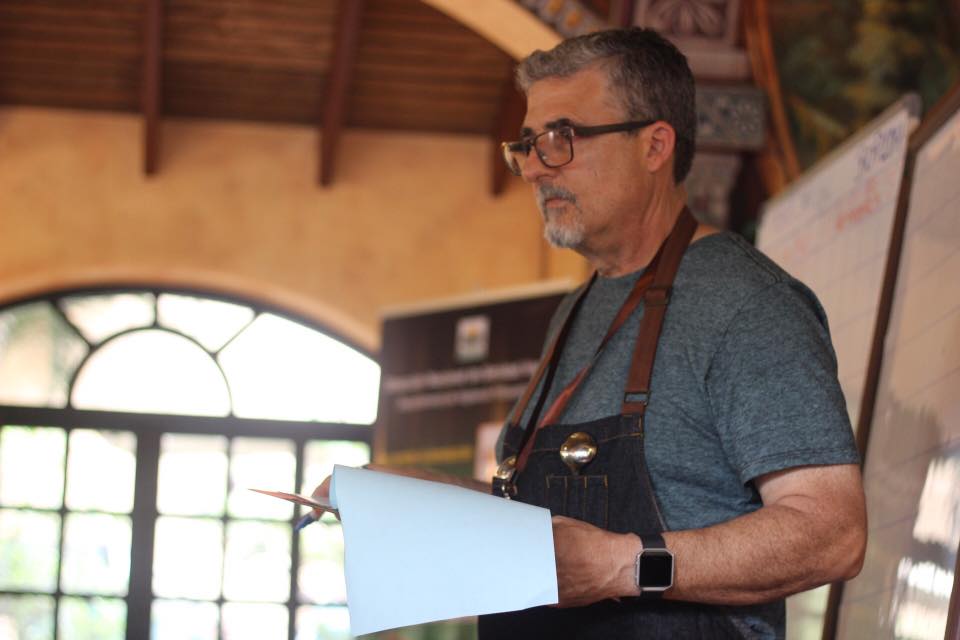
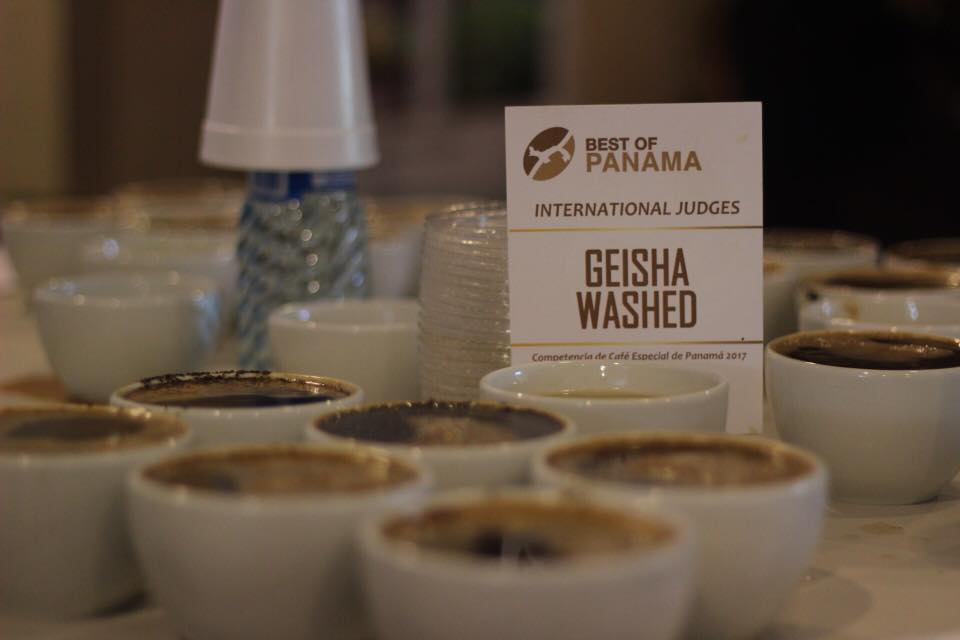
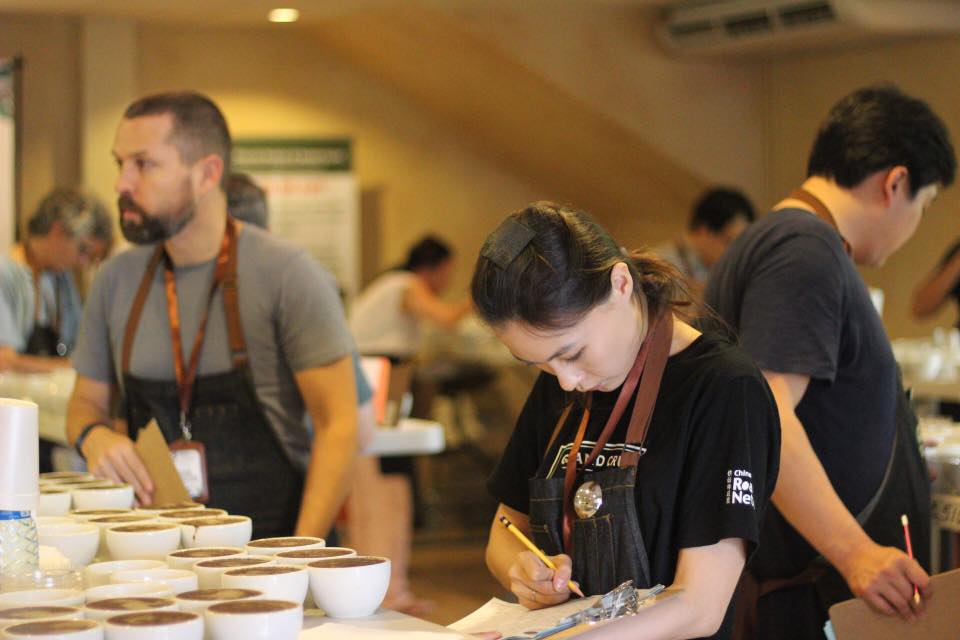
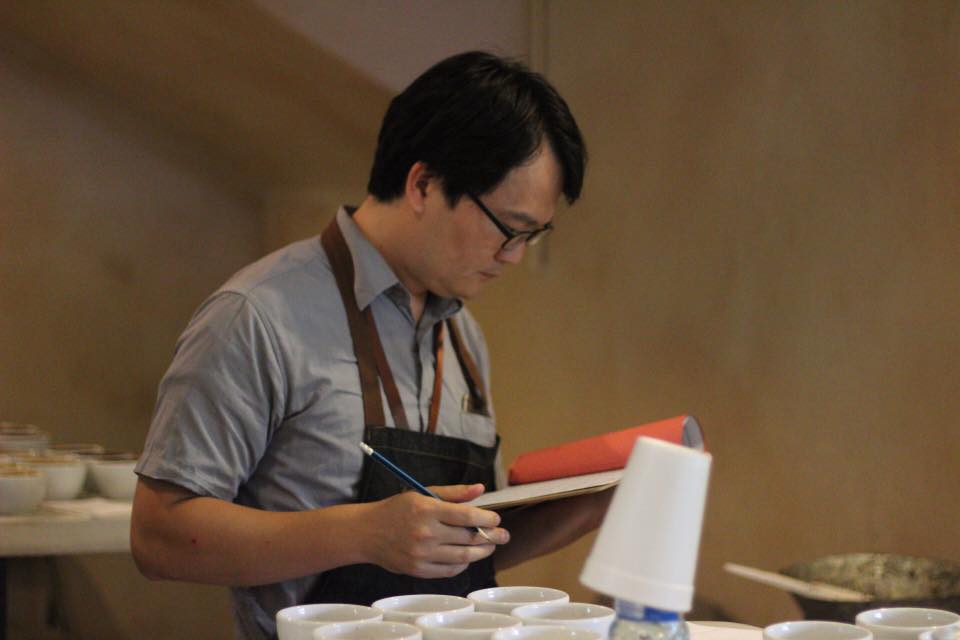
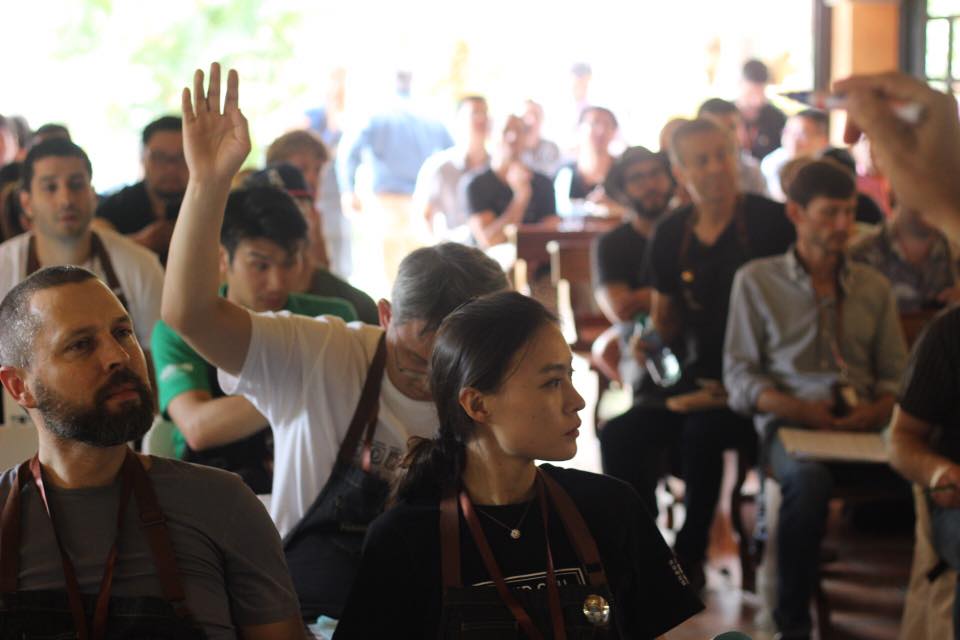
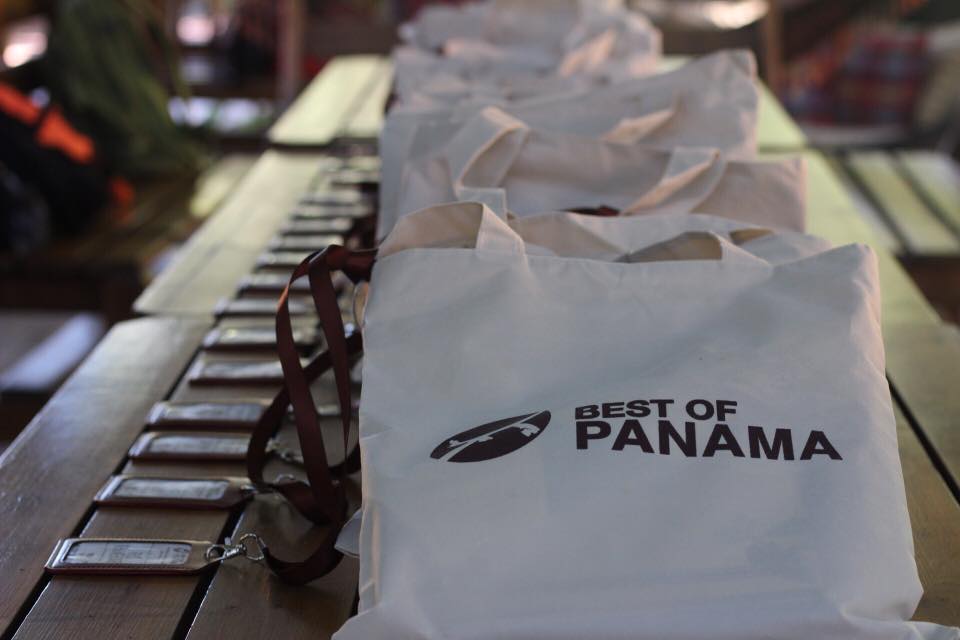
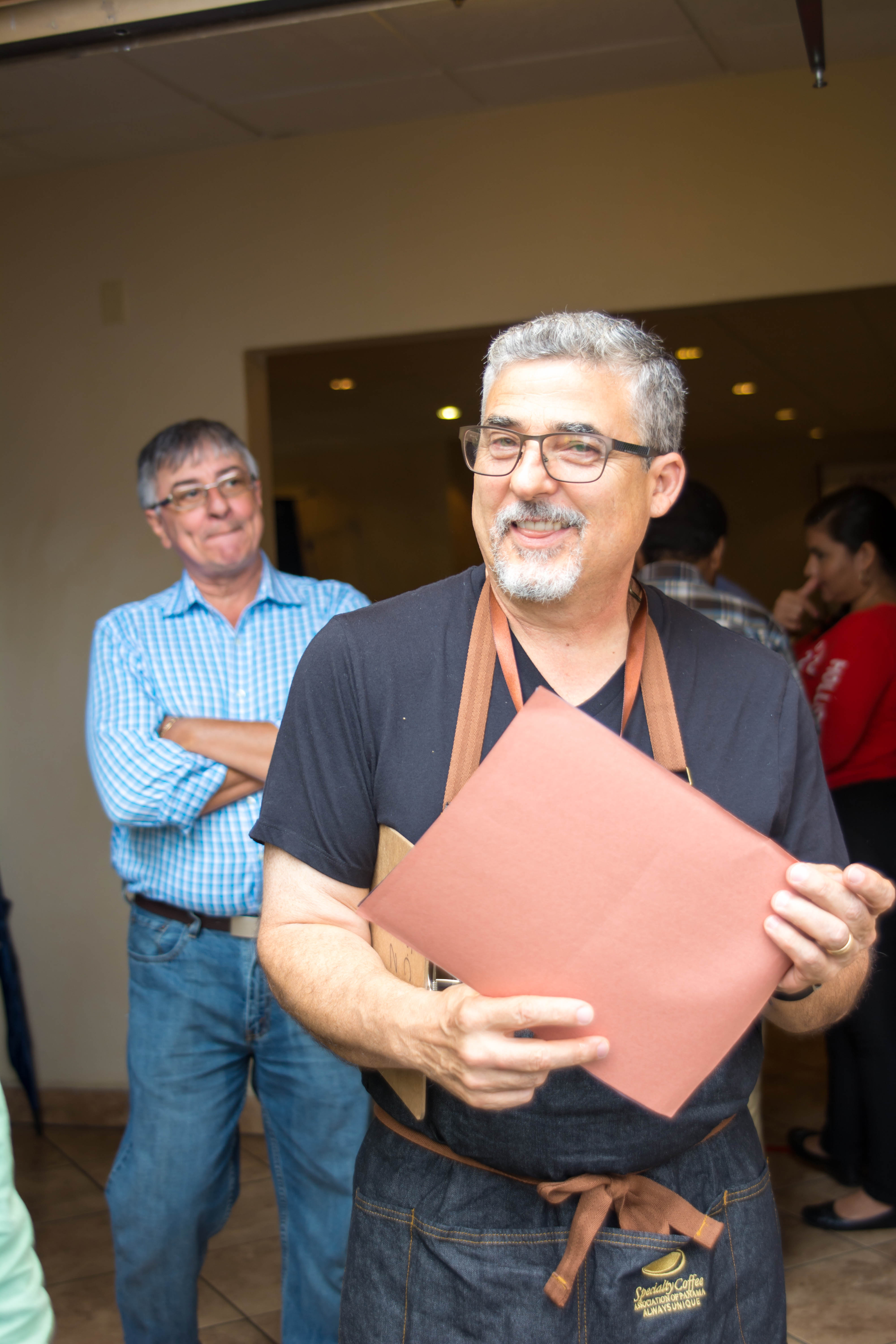
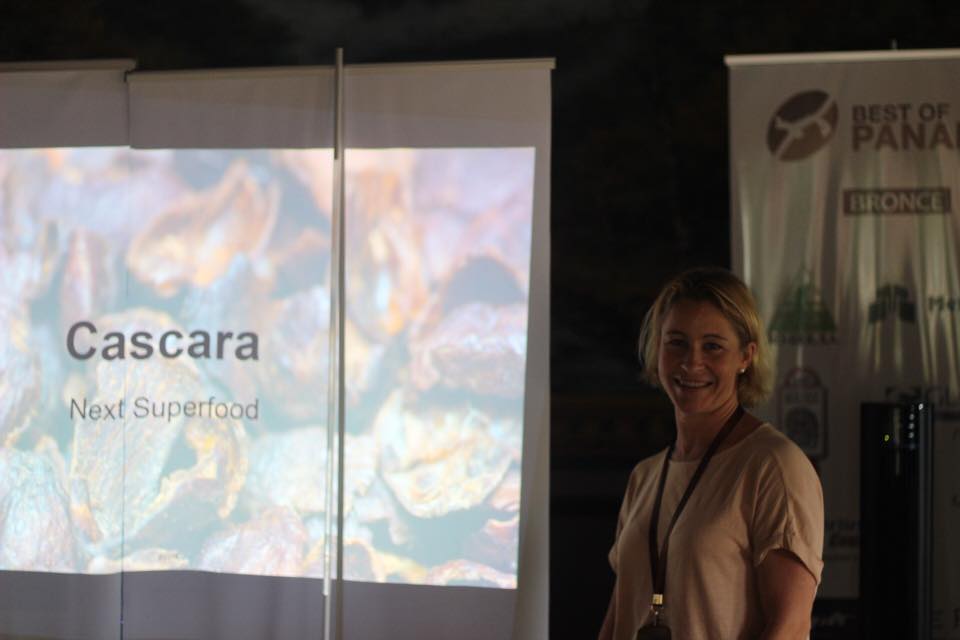
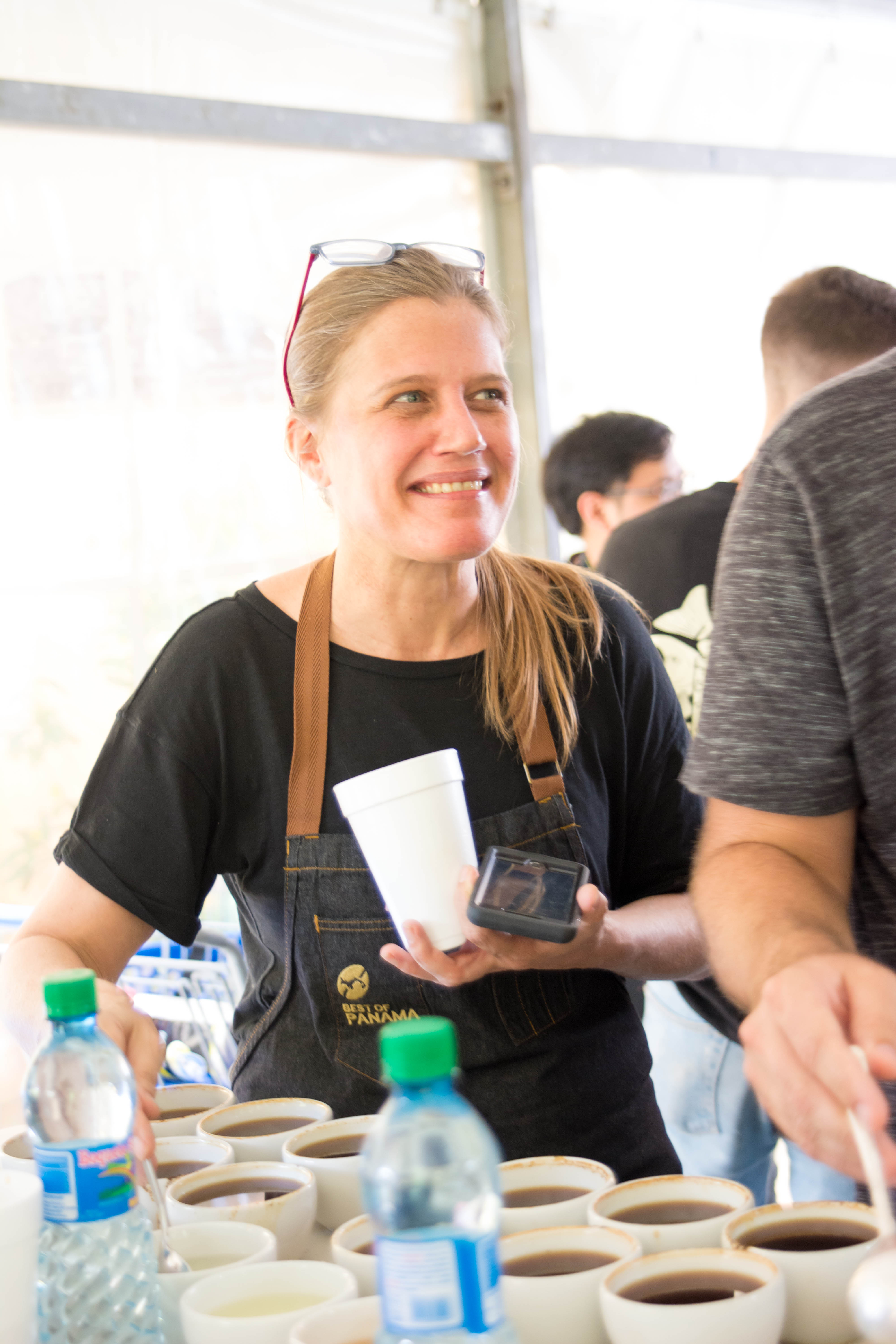
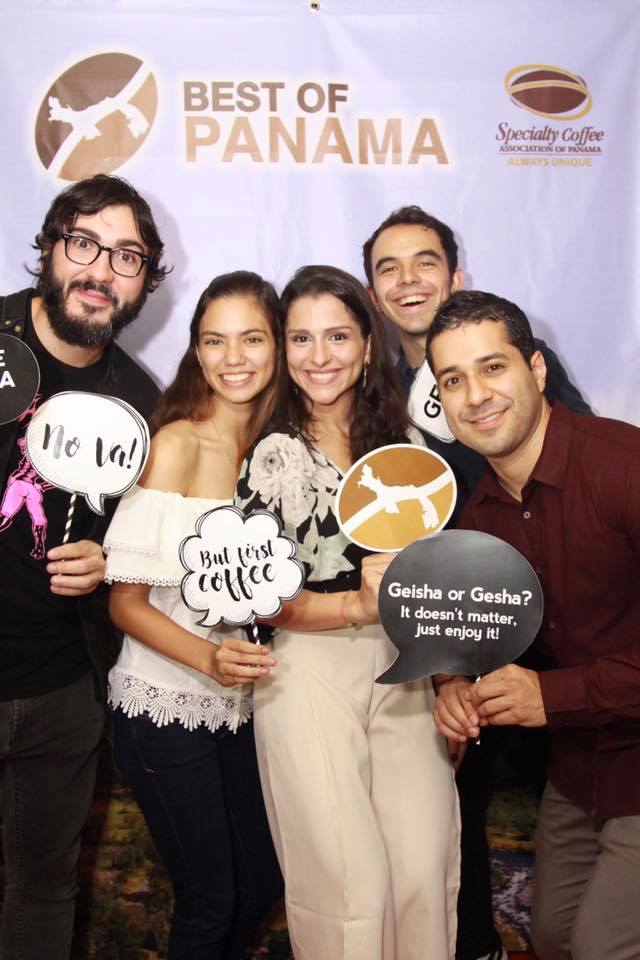
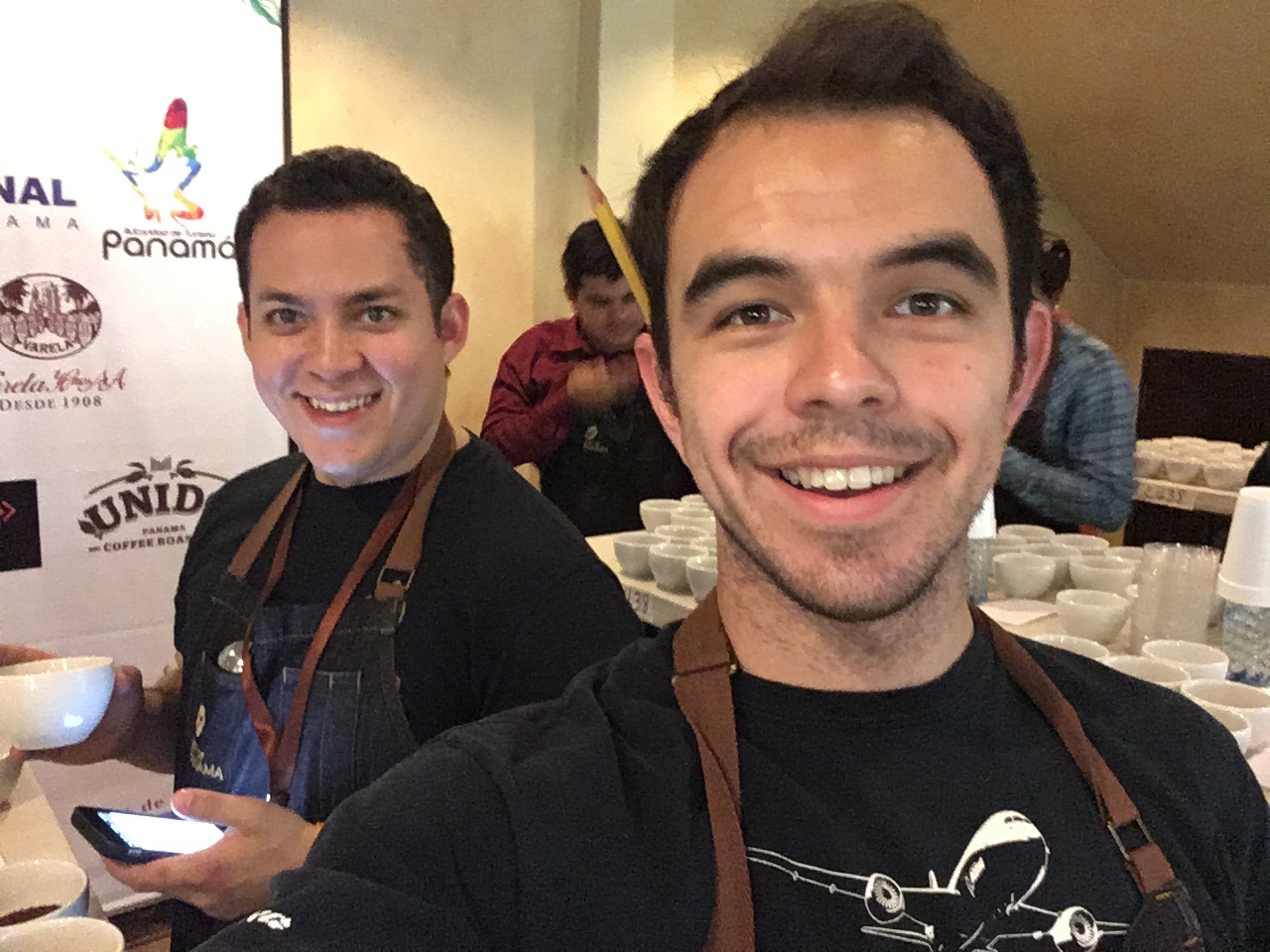






NO COMMENT